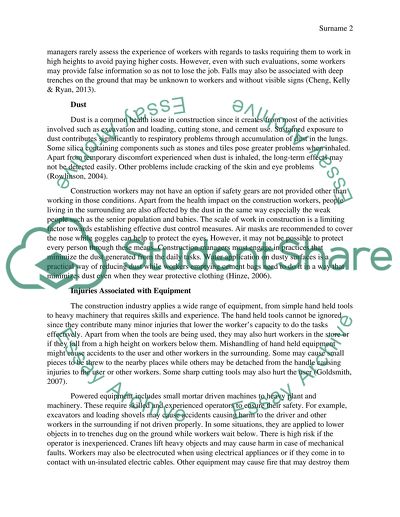Cite this document
(“Safety in industries Essay Example | Topics and Well Written Essays - 3500 words”, n.d.)
Retrieved de https://studentshare.org/english/1642392-safety-in-industries
Retrieved de https://studentshare.org/english/1642392-safety-in-industries
(Safety in Industries Essay Example | Topics and Well Written Essays - 3500 Words)
https://studentshare.org/english/1642392-safety-in-industries.
https://studentshare.org/english/1642392-safety-in-industries.
“Safety in Industries Essay Example | Topics and Well Written Essays - 3500 Words”, n.d. https://studentshare.org/english/1642392-safety-in-industries.


